
Elite Athletic Training for Serious Competitors
Train Smarter. Get Stronger. Play Faster
Are you ready to take your athleticism to the next level? With Next Level Performance, you’ll develop the strength, speed, and resilience needed to dominate your sport—whether it’s lacrosse, hockey, basketball, or volleyball. Read below to find out how!
Why Choose Next Level Performance?
Say goodbye to performance plateaus and hello to:
Explosive Speed & Power – Train with a program designed for athletes who need to outmaneuver and outlast the competition.
Proven Training Methods – Our programs are built on the same principles that have produced over 60 All-Americans.
Injury Prevention & Longevity – Strengthen your body to stay in peak condition and reduce injury risk.
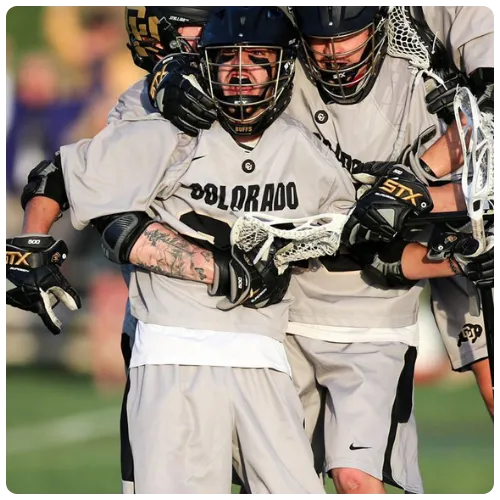
Why This Works

Play Faster, Dominate Longer – Increase your speed, agility, and endurance to outperform the competition from start to finish.
Strength That Translates to the Field – Build explosive power and resilience with structured training designed for your sport.
Stay Ahead of Injuries—Reduce your risk of setbacks with smart programming that keeps you strong and mobile.
Train Smarter, Not Harder—Follow a clear, structured plan that evolves with your progress so you're always improving.
What You’ll Get
Monthly Membership ($49/month)

Custom Training App
Your all-in-one hub for structured, high-level sports performance strength and conditioning workouts.

Custom Workouts with
Video Guidance
Follow expert-designed training with step-by-step exercise demonstrations.

Proven Monthly Programs
Improve strength, agility, and sport-specific movement with a structured plan tailored for serious athletes.
Performance Tracking System
Log workouts, track progress, and make real-time adjustments to keep improving

Clear Guidance Every Month
Get a screen-recorded video breakdown each month to ensure you're following the program correctly and maximizing results

Bonus
Mobility, Recovery & Injury Prevention Routine
Bonus for Joining Today
FREE One-on-One Coaching Call: Work with Coach Brian to set personalized goals and a tailored roadmap to success.
Ready to Train Like an Elite Athlete?
No commitment. Just results.
Try it for a week. Love it, or cancel anytime.
Meet Coach Brian Powers
Brian Powers has dedicated over 22 years to sports performance, helping athletes develop the speed, strength, and power needed to compete at the highest levels. His training methods have helped produce over 60 All-Americans and countless athletes who have gone on to play at the collegiate level.
As a former high school athlete, Brian experienced firsthand the challenges of reaching the next level of competition. While he excelled in skill development, he realized that his overall athleticism was the limiting factor in his ability to play beyond high school. This experience ignited a lifelong passion for human performance and sports science. Since then, Brian has devoted his career to ensuring that motivated athletes have access to the specialized training programs he never had.
With a deep background in strength training, speed development, and injury prevention, Brian designs programs based on real-world results, not trends. His approach combines sport-specific periodization, evidence-based training techniques, and personalized coaching to ensure that each athlete can maximize their potential.
With over 22 years of experience, Next Level Performance has helped athletes achieve at the highest level. The results speak for themselves:
An NBA World Champion…
Dozens of professional contracts signed
6 National Champions
Colorado Sports Hall of Fame inductee
61 High School & Collegiate All-Americans
Hundreds of college scholarships earned
Countless school, conference, and national records
Coach Brian's Coaching & Training Experience:
CEO & Founder of Next Level Performance
Transitioned dozens of athletes from collegiate to professional level
Assistant coach for NFL Combine camp
Consultant for NBA training programs
Keynote speaker for sports performance conferences
Coached or consulted for over a dozen collegiate sports programs

If you want real results, train where the best have trained.
No commitment. Just results.
Try it for a week. Love it, or cancel anytime.
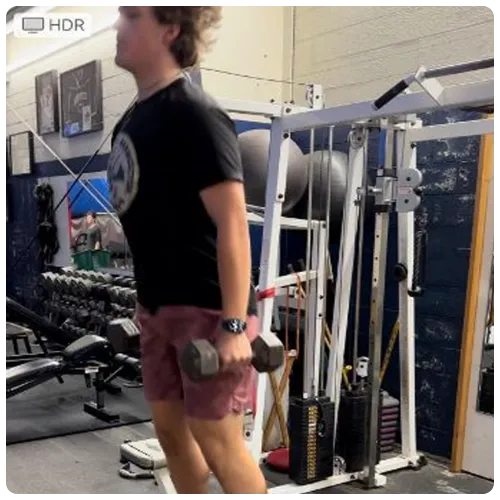
Derek Wood
12 week off-season
Transition from AAA to Juniors Hockey
Performance Indicators Change
Lean body Mass + 10 lbs
Fat Mass - 10 lbs
20 yard dash - 0.23 seconds
Pro Agility - 0.24 seconds
Vertical Jump + 6 inches
Squat + 95 lbs
Bench Press +38 lbs.
Max rep pull up + 11 reps

Ryan Travis
11 week off-season
Transition from high school to Collegiate Football
Performance Indicator Change
Lean body Mass + 17 lbs.
Body fat % -3.50 %
20 yard dash - 0.25 seconds
Pro Agility -0.37 seconds
Vertical Jump + 5 inches
Squat + 75 lbs.
Bench Press + 35 lbs.
Power Clean + 35 lbs.

Chris Bluse
4 x All-American
University of Colorado Male Athlete of the Year
USA World Cup Starting Goalie
Friendship Cup MVP
One of the first athletes to sign a professional contract from a Collegiate Club program
MCLA Hall of Fame inductee
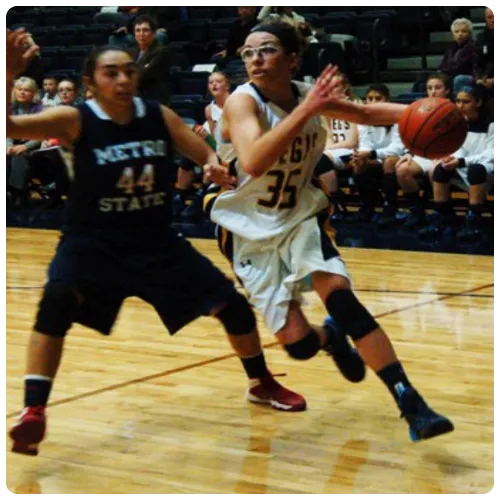
Tae'lor Purdy
DII All-American
1st Team All-Region
3 x 1st Team All conference
4 x Program Women's Basketball MVP
School record (1st) for the most “double – doubles” in a season
School record (2nd) for most points scored in a career
Nationally ranked in 7 categories as a senior
Played professionally for CBV Binnenland of Barendrecht, Netherlands
Sportswoman of Colorado College basketball award winner
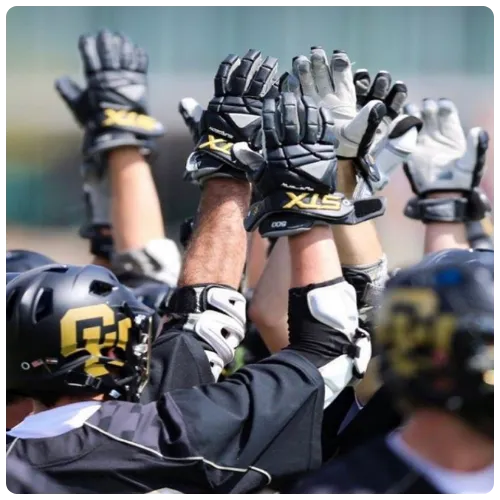
Athlete Accomplishments
NBA World Champion
Dozens of Professional contracts
6 National Champions
Colorado Sports Hall of Fame inductee
61 high school & Collegiate All-Americans
100's of College scholarships
Countless School, Conference, and National
Record
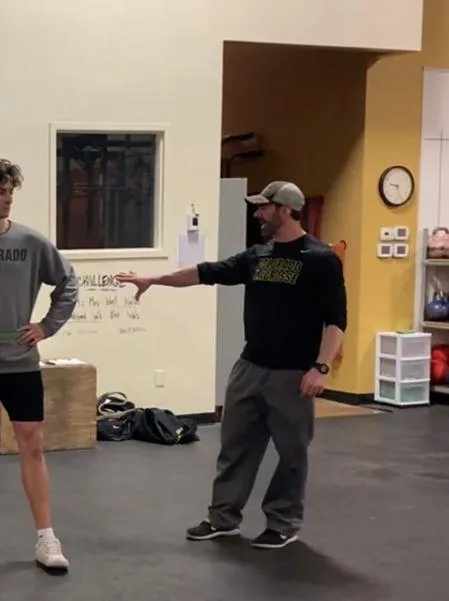
Coaching Experience
Sports Performance Coach for 22 years
CEO & Founder or Next Level Performance
Helped transition dozens of athletes from
Collegiate to professional level
Assistant coach for NFL combine camp
Consultant for NBA training programs
Served a key note speaker for sports
performance lectures
Coached or Consulted for over a dozen
Collegiate sports programs
Coaching Experience
Sports Performance Coach for 22 years
CEO & Founder or Next Level Performance
Helped transition dozens of athletes from
Collegiate to professional level
Assistant coach for NFL combine camp
Consultant for NBA training programs
Served a key note speaker for sports
performance lectures
Coached or Consulted for over a dozen
Collegiate sports programs
Who is this training for?
Athletes (ages 15-20) in lacrosse, hockey, basketball, and volleyball who want to improve speed, power, and overall performance.
Do I need special equipment?
No. Programs are designed to adapt to available equipment and training environments.
How is this different from regular training?
Unlike standard team workouts, our programs focus on speed, strength, and movement development—key factors in athletic success.
Is it beginner-friendly?
Yes! Athletes can adjust their programs based on their training experience and performance level.
What happens after the free trial?
You will begin your monthly training. No obligation—cancel anytime.
No commitment. Just results.
Try it for a week. Love it, or cancel anytime.
Don’t leave your performance to chance. Train with Next Level Performance and take control of your athletic future.
